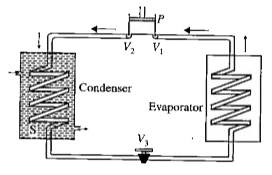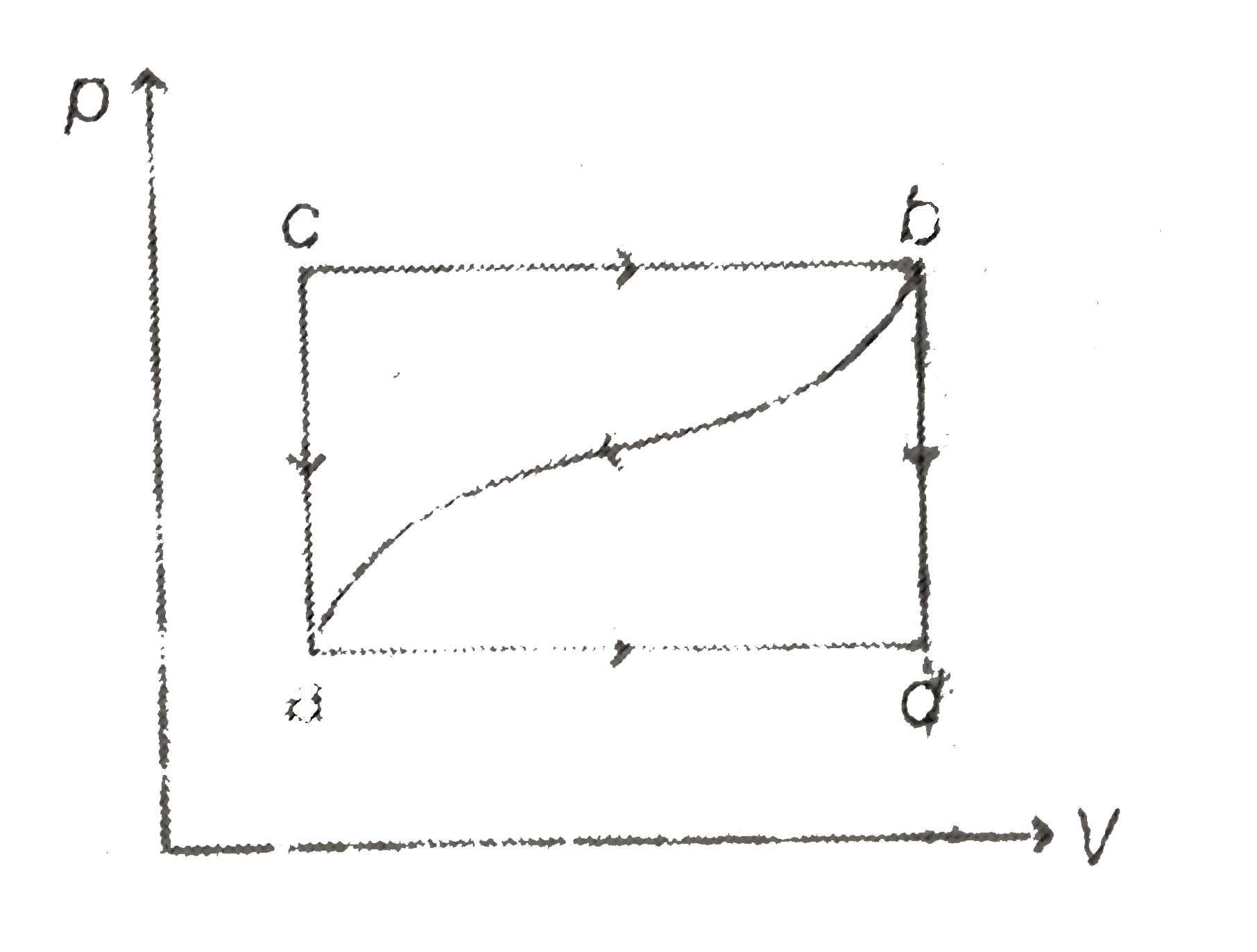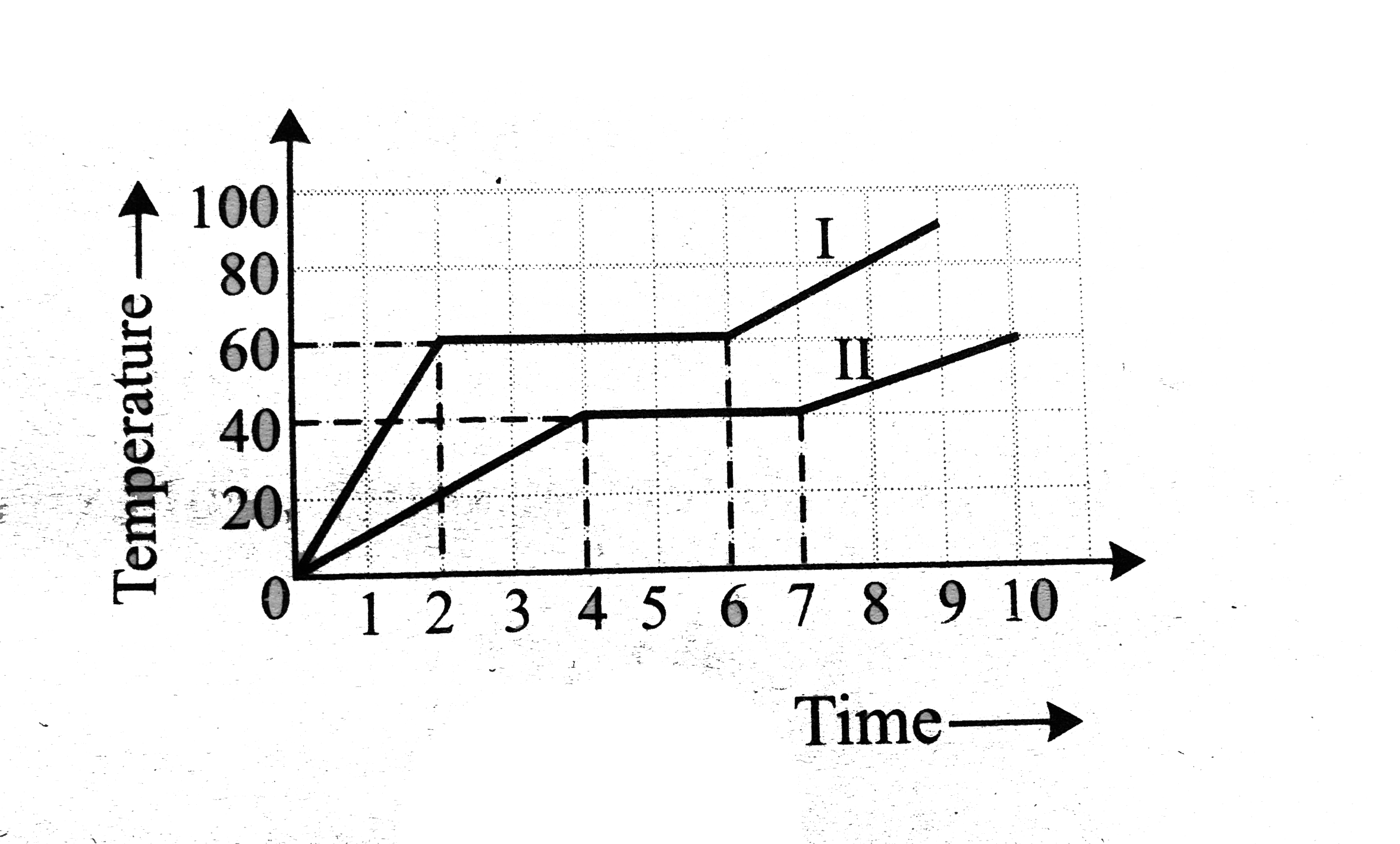Although heat is a path function but heat absorbed by the system under certain specific conditions is independent of path. What are those conditions ? Explain.
To address the question of when heat absorbed by a system becomes independent of the path taken, we can identify two specific conditions: constant volume and constant pressure. Let's break down the explanation step by step.
1. Understanding Path Functions:
- Heat (Q) and work (W) are classified as path functions in thermodynamics. This means that the values of heat and work depend on the specific path taken during a process, rather than just the initial and final states of the system.
2. Condition 1: Constant Volume:
- At constant volume, we can analyze the first law of thermodynamics, which states:
ΔU=Q+W
- Here, ΔU is the change in internal energy, Q is the heat added to the system, and W is the work done by the system.
- Since the volume is constant, there is no change in volume (ΔV=0), and thus the work done (W) is zero:
W=−PΔV=0
- Therefore, the equation simplifies to:
ΔU=QV
- This indicates that the heat absorbed at constant volume (QV) is equal to the change in internal energy (ΔU), which is a state function. Hence, under constant volume conditions, heat behaves as a state function.
3. Condition 2: Constant Pressure:
- The second condition occurs at constant pressure. Again, we refer to the first law of thermodynamics:
ΔU=Q+W
- Here, at constant pressure, we can express the work done as:
W=−PΔV
- Substituting this into the first law gives:
ΔU=QP−PΔV
- We can relate the heat absorbed at constant pressure (QP) to the change in enthalpy (ΔH):
ΔH=ΔU+PΔV
- Therefore, we can write:
QP=ΔH
- Since enthalpy (H) is also a state function, it shows that at constant pressure, heat absorbed behaves as a state function.
4. Conclusion:
- In summary, under the conditions of constant volume and constant pressure, the heat absorbed by the system becomes independent of the path taken. Instead, it is determined solely by the change in internal energy or enthalpy, both of which are state functions.
- Heat (Q) and work (W) are classified as path functions in thermodynamics. This means that the values of heat and work depend on the specific path taken during a process, rather than just the initial and final states of the system.
- At constant volume, we can analyze the first law of thermodynamics, which states:
ΔU=Q+W
- Here, ΔU is the change in internal energy, Q is the heat added to the system, and W is the work done by the system.
- Since the volume is constant, there is no change in volume (ΔV=0), and thus the work done (W) is zero:
W=−PΔV=0
- Therefore, the equation simplifies to:
ΔU=QV
- This indicates that the heat absorbed at constant volume (QV) is equal to the change in internal energy (ΔU), which is a state function. Hence, under constant volume conditions, heat behaves as a state function.
- The second condition occurs at constant pressure. Again, we refer to the first law of thermodynamics:
ΔU=Q+W
- Here, at constant pressure, we can express the work done as:
W=−PΔV
- Substituting this into the first law gives:
ΔU=QP−PΔV
- We can relate the heat absorbed at constant pressure (QP) to the change in enthalpy (ΔH):
ΔH=ΔU+PΔV
- Therefore, we can write:
QP=ΔH
- Since enthalpy (H) is also a state function, it shows that at constant pressure, heat absorbed behaves as a state function.
- In summary, under the conditions of constant volume and constant pressure, the heat absorbed by the system becomes independent of the path taken. Instead, it is determined solely by the change in internal energy or enthalpy, both of which are state functions.
Topper's Solved these Questions
Similar Questions
Knowledge Check
- Question 1 - Select One
Boiling water is changing into steam. Under this condition the specific heat of water is
AzeroBoneCinfiniteDless the one
It is true that under certain condition, Mg can reduce Al2O3 and Al can reduce MgO? What are those conditions?
View SolutionUnder what conditions is the heat of reaction equal to enthalpy change?
View Solutiona thermodynamic system is taken from the state i to statef along the path iaf. It is found that the heat absorbed by the system is 40 cal and work done by the system is 16.19 cal. Along the path i bf, the heat absorbed is 35 cal.
(a) Find the work done along the path i bf.
(b) If W = - 10 cal for the curved return path fi, what is for this path ?
(c) Take Ub=20cal, what is Uf?
(d) If Ub=20 cal, what is for the process ib?
 View Solution
View SolutionChoose the correct answer.
A thermodynamic state function is a quantity.
(a) used to determine heat changes.
(b) whose value is independent of path.
(c) used to determine pressure volume work.
(d) whose value depends on temperature only.View SolutionBoiling water is changing into steam. Under this condition the specific heat of water is
View SolutionWhen a system is taken from state 'a' to state 'b' along the path 'acb', it is found that a quantity of heat Q = 200 J is absorbed by the system and a work W = 80 J is done by it. Along the path 'adb', Q = 144 J

In the above question, if Ud=88J, heat absorbed for the path 'db' isView Solution
Two bodies of equal masses are heated at a uniform rate under identical conditions. The change in temperature in the two cases in shown graphically. What are their melting points?
Find the ratio of their specific heats and latent heats.View Solution

